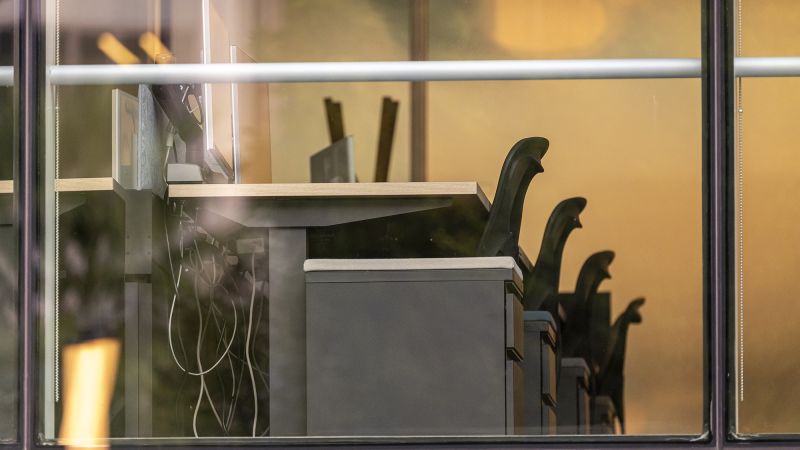As empty office buildings cast a spectral shadow over downtown precincts across the United States, breaking records set since 1979, we bear witness to an unheralded shift in our societies’ professional constructs. Moody’s Analytics reports that the national office vacancy rate plowed to a staggering 19.6% in the fourth quarter of 2023, the grim count the highest recorded in over four decades. In what could be considered a seismic aftershock of the COVID-19 pandemic, the traditional landscape of work as we knew it has witnessed a tectonic shift – one that has bypassed borders to render a global scale.
No longer chained to the rhythm of the quintessential nine-to-five office life, the American worker has progressively embraced the potential of remote working. A liberty birthed of necessity during the peak of the pandemic, this hybrid work model has entrenched its roots deep into the operational fabric of numerous sectors. This metamorphosis of work culture is signaling drastic implications; it inadvertently heightened a surplus of office spaces, leftover architectural artefacts from an era that seemingly failed to anticipate such a paradigm shift in the late 20th sec onward.
A shadow looms over local economies reliant on the bustling energy of office complexes, a life source slowly ebbing away. The vacant office represents a monetarily dismal landscape for developers and landlords, their dreams of rental revenue replaced by a harsh reality of deserted corridors. The fate of ancillary small-scale businesses, such as eateries and retail outlets that thrive on a stable office footfall, hangs in a precarious balance.
Cold winds of dwindling demand have hit the construction industry hard, halting the rise of new glass-and-concrete towers to levels not seen since 2012. Yet, amid the palpable gloom, flickers of hope linger on the horizon. Class A buildings – deemed the crème de la crème of the office space market – continue to pique interest, their modern designs and locations appealing to companies keen on maintaining a physical presence for branding purposes, purposeful gathering, training, and collaboration.
Suburban office locations have also weathered the storm far better than their urban counterparts. Offering close-knit communities and shorter commutes – stark attributes in cities affected by hustle and bustle – they have become preferred templates for the employee of the era post-Covid-19.
In reflecting upon this drastic change in office vacancy rates, the scales of the American professional landscape are decidedly tipped towards flexible work. While the economy rallies to adapt to this new equilibrium, the answer to blooming office spaces and their influence on the economy is yet to be confirmed. The stakes are high, the future uncertain. Still, one thing is clear—this is an unnerving wake-up call to the necessity and inevitability of change in our ever-evolving society.



